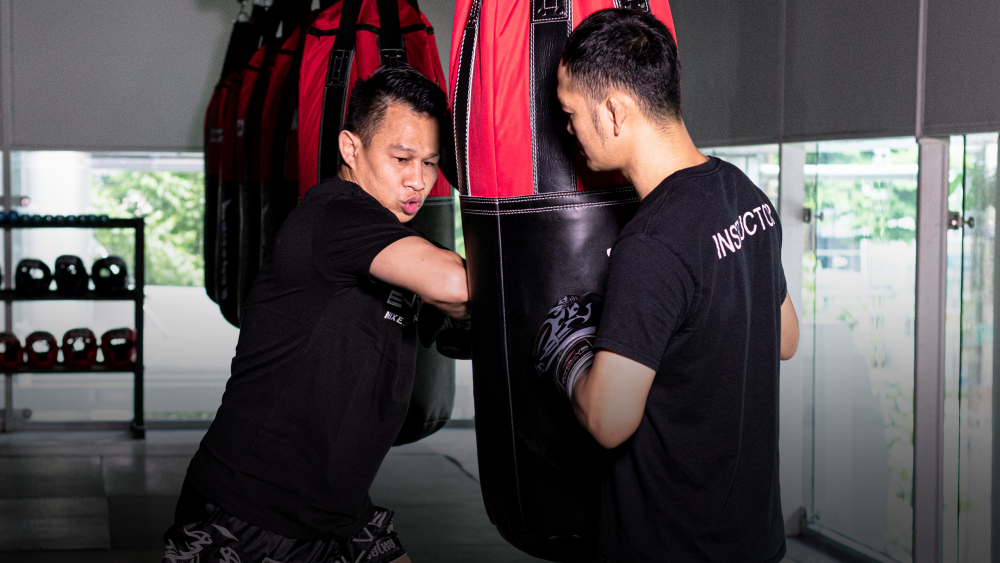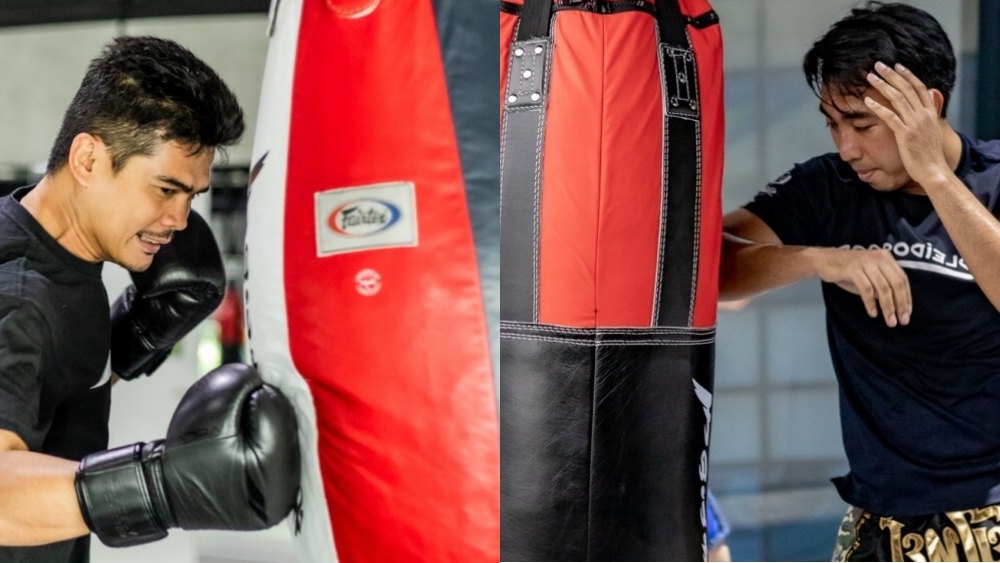Jumping strikes hold a special place in martial arts. They are both incredibly powerful and rarely utilized, making them devastating strikes that can take your opponent by surprise. Their explosive nature coupled with their relatively infrequent use makes leaping strikes stand out in the eyes of judges and can turn the tide of a close fight in your favor.
One particularly exhilarating jumping strike that is rarely seen in both Muay Thai and Kickboxing is the scissor knee. This deceptively simple technique is incredibly effective both as an attack and a range-closing tool, making it incredibly versatile for aggressive fighters and acrobatic athletes in search of a highlight-reel finish.
In the next few paragraphs, we are going to introduce you to this uncommon weapon, describing not just what it is and how to throw it, but also giving examples of how and when you can use it effectively. By the end of this article, you’ll not only master this unconventional attack but also learn the best moments to use it. Armed with these tips, you’ll gain a deeper understanding of how and when to unleash your full arsenal of jumping attacks.
The Scissor Knee
The scissor knee is a more versatile and powerful form of the conventional jumping knee and its simplicity is derived from the fact that it actually builds from this well-known strike—to throw a scissor knee you actually have to to throw this attack first.
This takes extra energy but as the scissor knee can be used both at close range, as a feinting vertical strike to the head, and at long range, as a long-reaching attack that closes distance with lightning speed, it is more than worth the additional effort.
Here is how to throw a scissor knee in two simple steps:
1) Throw A Jumping Knee
When you see the right opening for this strike, jump forward from the canvas, driving your rear knee up to your chest as you close the distance between you and your opponent. Your lead leg will naturally shift backward as you drive your hip forward, loading it for the second phase of this strike.
2) Cycle Your Legs
Once your rear knee has reached its maximum height, cycle your hips to drive it behind you as you spring your other knee forward. If you do this properly, it will look like you are riding a bike in midair (which is why some people refer to this attack as a bicycle knee).
As your second knee drives close to your target, lean your upper body back to drive your hips forward, extending your range and increasing your power as the scissoring knee connects with your opponent.
When To Throw A Scissor Knee
Part of the reason that jumping strikes aren’t regularly thrown in Muay Thai and Kickboxing is the fact that they are high-risk. They can be easily read and, if they aren’t set up properly, the fighter attempting to land one leaves themselves exposed to fight-ending counterattacks.
While they may be high-risk, they are also high-reward so if you want to land a scissor knee (or any other jumping attack), the secret lies just as much in knowing when to throw them as it does in how.
Here are 4 situations where you could safely throw a scissor knee:
1) When Your Opponent Is Covering Up
One major risk involved in jumping attacks is that they can be easy to read. If your opponent sees them coming, they can easily step out of the way or lay a trap for a counter.
One way to conceal your scissor knee from your opponent is to force them to cover up first. Just as Andy Souwer did in this video, throw a high-volume hand combination to get your opponent to close their guard. Then when their vision is obscured by a combination of their gloves and your punches, you are set and ready to throw your scissor knee.
2) When Your Opponent Is Charging Towards You
Jumping attacks can be great to use on aggressive opponents as they march towards you. Their forward momentum not only increases the power of your scissor knee as they walk onto the strike, it also makes it harder for them to dodge and change directions.
Remember, aggressive opponents often aim to trap you at close range, but throwing a scissor knee almost guarantees you’ll end up toe-to-toe with them upon landing. Therefore, you need to be confident that it is going to land before you throw it, or that you have an exit strategy planned for immediately after you do.
3) When Your Opponent Is On The Ropes
If you are fighting an evasive opponent who is constantly cutting angles or moving from range as you press forward, the best time to throw a scissor knee is when they are backed into a corner or onto the ropes where they have limited chances to escape.
4) When Your Opponent Is Rocked
Jumping attacks such as the scissor knee are a great way to end the fight once you have rocked your opponent. When you have them off-balance and undefended, you’ll have plenty of time to execute the strike for maximum effect.
In Summary
Scissor knees are a deceptively simple strike that can be effective for both beginner martial artists and professional fighters alike. As it is built directly from the standard jumping knee, the difficulty in landing this strike doesn’t come from the technique itself but rather, from knowing when it is safe to throw it.
If you train your eyes to look for the right openings, such as the ones we’ve described here, not only will you be able to land effective scissor knees, but you’ll also find safe opportunities to land your entire arsenal of jumping strikes too.
You may also like:
6 Muay Thai And Kickboxing Fights We Are Looking Forward To Watching On ONE Championship In 2025

















